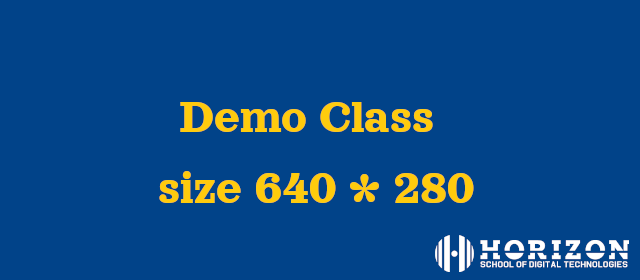
This course is a Template, please add your description and change the course photo.
- Enseignant: Khaoula Bannour

This course is a Template, please add your description and change the course photo.
- Enseignant: Salma Bannour
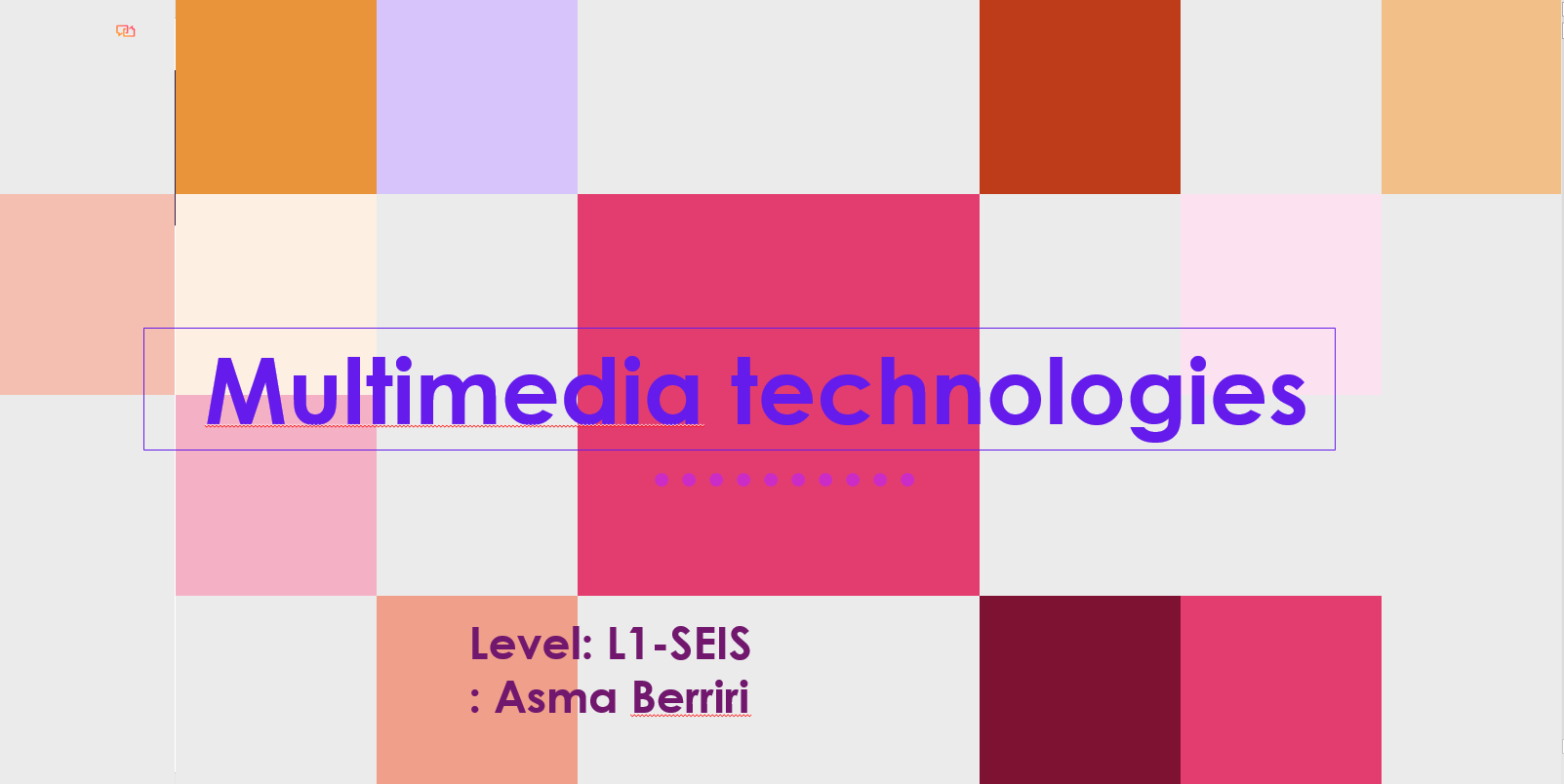
The Multimedia Technologies course explores the creation and integration of text, images, video, and sound across multiple digital contexts. Students learn the principles of graphic design and UI/UX design, audio and video production and their applications in immersive environments such as Virtual Reality (VR) and Augmented Reality (AR).
- Enseignant: Asma Berriri
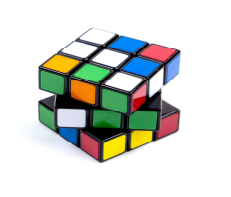
This course is a Template, please add your description and change the course photo.
- Enseignant: aida lahouij

Course Objective:
Present the basic hardware architecture of a Computer system. The following topics are discussed:
- Learn how information is stored in a computer system
- Become familiar with Logical functions and combinatorial/sequential circuits used in computers
- Study the computer architecture and its main components (Microprocessor, Memory, Bus, etc.)
- Introduce low-level programming: Assembly Language
- Enseignant: Samer Lahouar
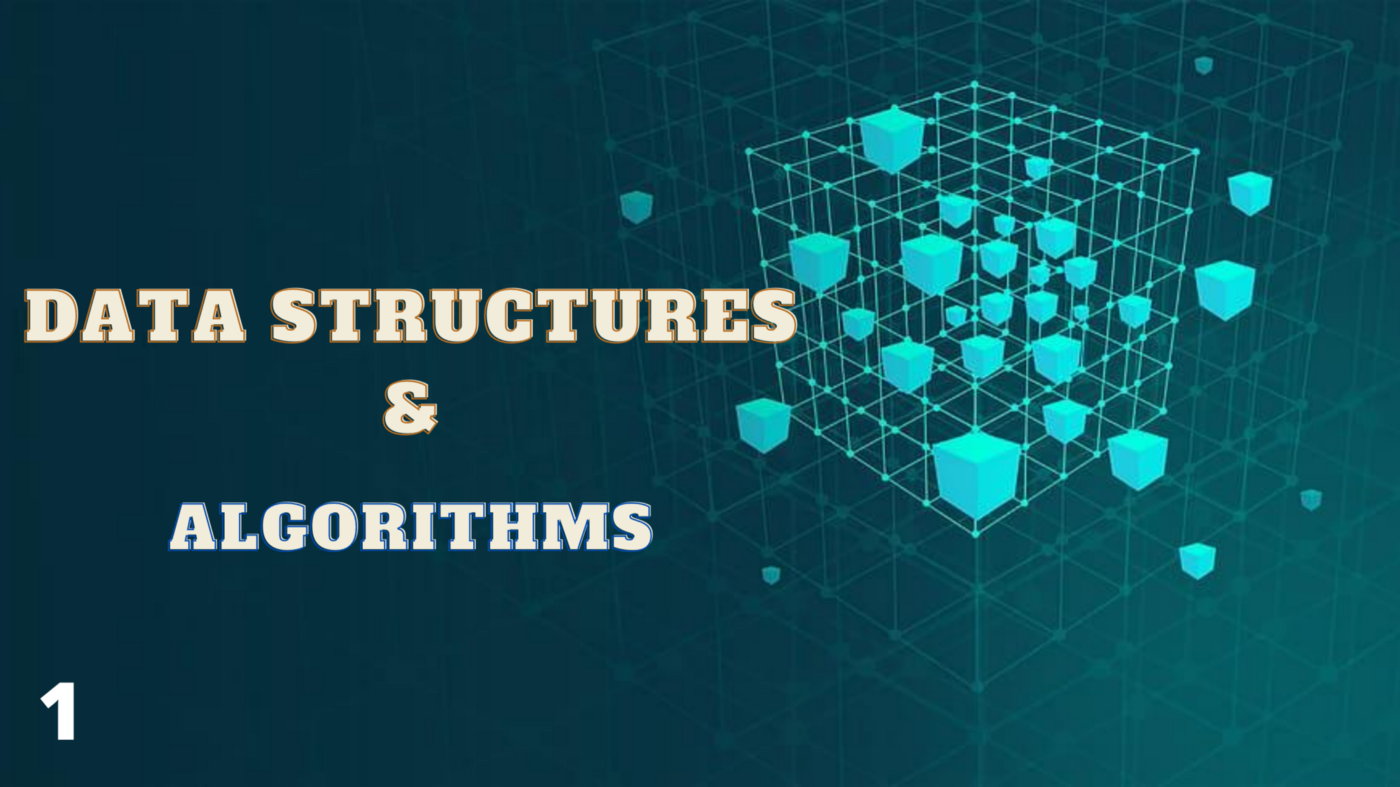
This first part introduces the foundations of programming for algorithmic thinking. It covers:
-
Introduction to algorithms: definition, characteristics, and steps of problem-solving.
-
Basic data types and variables: integers, reals, characters, and their operations.
-
Control structures: sequential execution, conditional statements (if, if-else, switch), and loops (for, while, repeat).
-
Functions and procedures: modular programming concepts, parameter passing, and reusability of code.
By the end of this part, students can write simple algorithms, use variables and control structures, and decompose problems into functions/procedures.
- Enseignant: Asma Mansour
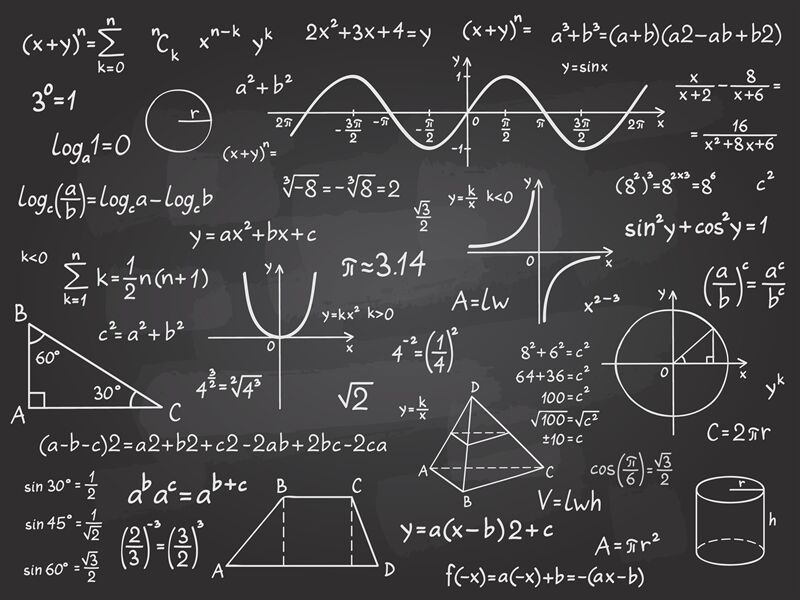
Analysis 1 provides foundational concepts in mathematical analysis, focusing on real numbers and their applications.
Chapter 1: Real Sequences: Introduces the notion of sequences, their limits, convergence and divergence.
Chapter 2: Functions of a Real Variable: Explores functions, continuity, limits, and differentiability.
Chapter 3: Primitives and Integrals: Covers the theory of integration, focusing on finding primitives (antiderivatives) and applying integral calculus techniques.
Chapter 4: Limited Developments
Discusses Taylor theorem, allowing the approximation of functions using polynomial expansions.
- Enseignant: Khalil Zahmoul
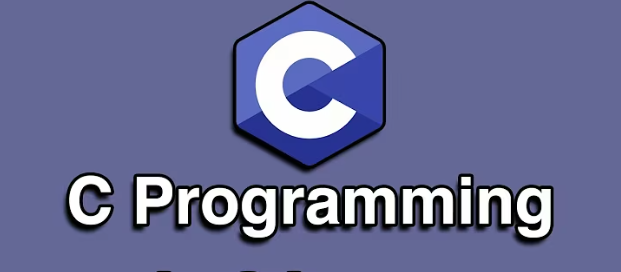
The aim of this module is to build a solid foundation in algorithms and data structures by combining theoretical lectures with intensive laboratory practice. The module covers arrays, pointers, linked lists, stacks, queues, trees, recursion, sorting, and algorithmic complexity, ensuring that students can apply both iterative and recursive approaches to solve classical algorithmic problems.
- Enseignant: Noura Aboudi
- Enseignant: Jihed Hammami
- Enseignant: Nouha Khyari
- Enseignant: Taoufik Rouis
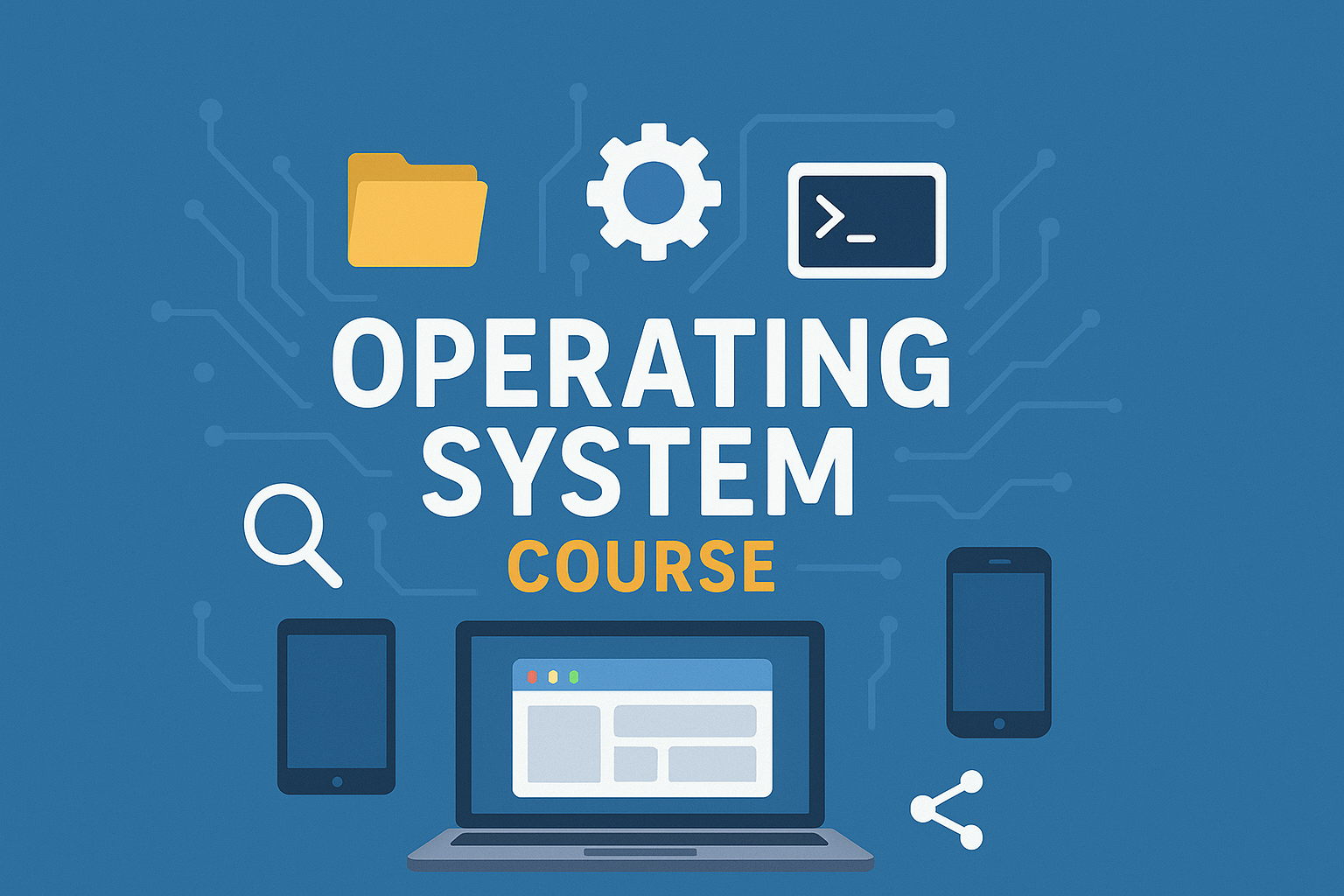
This course is a Template, please add your description and change the course photo.
- Enseignant: Noura Aboudi
- Enseignant: Jihed Hammami
